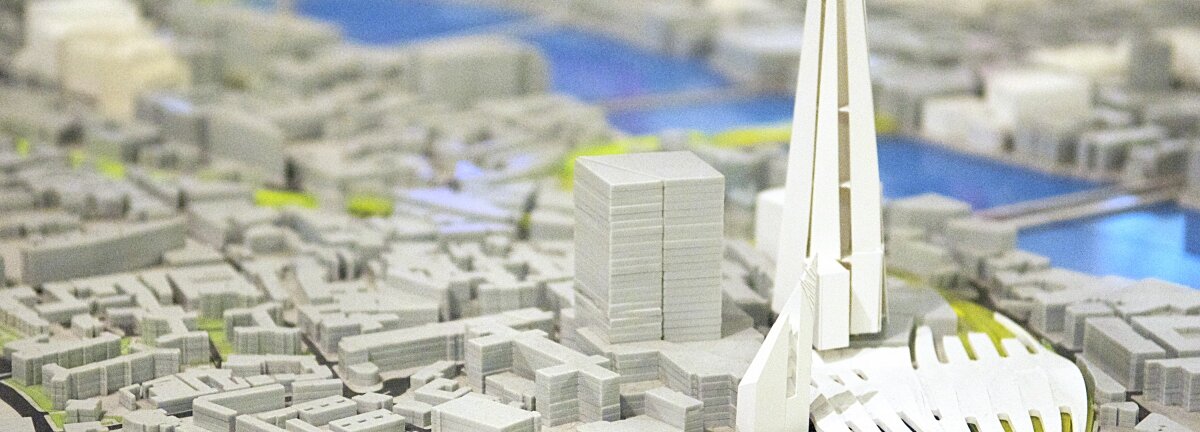The 10 Principles of Design Review

Design Review is focused on outcomes for people. It explores how a building or place can better meet the needs of the people who will use it and of everyone who will be affected by it. It does this by constructively endeavouring to improve the quality of architecture, urban design, landscape and highway design.
For Design Review to succeed, it must be carried out using a robust and defensible process, offering consistently high standards in the quality of its advice.
There are ten fundamental principles which set out the standards required for a successful Design Review.
1 – Independent
It is conducted by people who are unconnected with the scheme’s promoters and decision makers, and it ensures that conflicts of interest do not arise.
2 – Expert
It is carried out by suitably trained people who are experienced in design and know how to criticise constructively. Review is usually most respected where it is carried out by professional peers of the project designers, because their standing and expertise will be acknowledged.
3 – Multidisciplinary
It combines the different perspective of architects, urban designers, urban and rural planners, landscape architects, engineers and other specialist experts to provide a complete, rounded assessment.
4 – Accountable
The Review Panel and its advice must be clearly seen to work for the benefit of the public. This should be ingrained within the panel’s terms of reference.
5 – Transparent
The panel’s remit, membership, governance processes and funding should always be in the public domain.
6 – Proportionate
It is used on projects whose significance, either at local or national level, warrants the investment needed to provide the service.
7 – Timely
It takes place as early as possible in the design process, because this can avoid a great deal of wasted time. It also costs less to make changes at an early stage.
8 – Advisory
A design review panel does not make decisions, but it offers impartial advice for the people who do.
9 – Objective
It appraises schemes according to reasoned, objective criteria rather than the stylistic tastes of individual panel members.
10 – Accessible
Its findings and advice are clearly expressed in terms that design teams, decision makers and clients can all understand and make use of.
Subscribe to our newsletter
Want to keep up with the latest from the Design Council?
